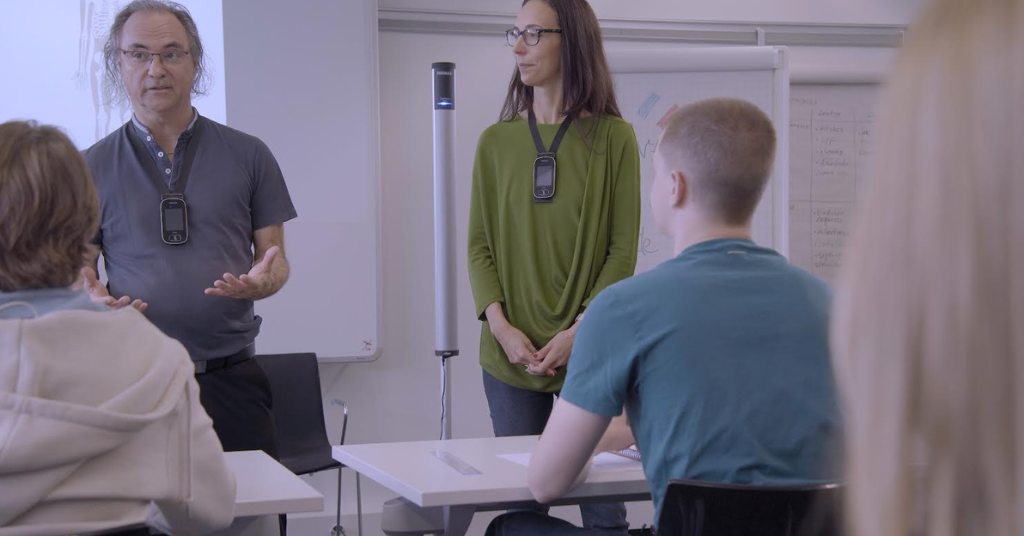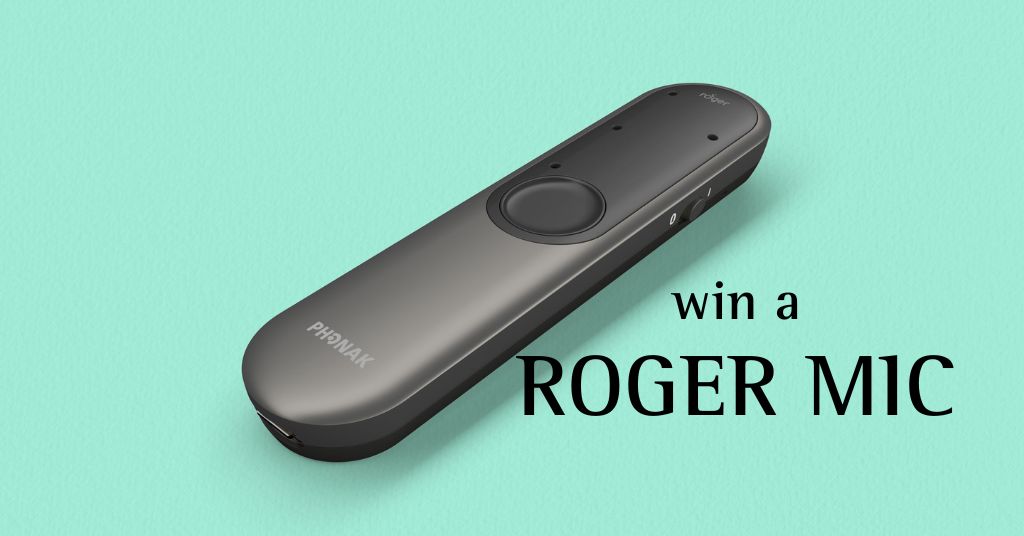
Millicent Simmonds to star in new film, ‘Helen and Teacher’
October 22, 2021
Dealing with domestic abuse in the deaf community
October 27, 2021Woman uses prize money to create hearing aid accessories, fund technology for those in need

Decorating your hearing aids can be a great way to show off your technology and take pride in your hearing loss journey.
One woman, Ruzzelle Gasmen, found that hearing aid accessories played a big role in accepting her hearing loss and helping other people advocate for themselves. After recently winning the Nando’s Canada’s PERi-PERi Sauce of Inspiration Fund competition, the hard of hearing speech-language pathologist plans on using her $10,000 prize money to make hearing aid accessories. In turn, the profit will go to people in British Colombia who can’t afford hearing aids.
Hearing Aid Affordability
Gasmen acquired her hearing loss as a young adult, and it has deteriorated over time, she says. She wears the Phonak Sky Marvel hearing aids, which she decorates with her handmade accessories. Though her hearing aids are actually from the Phonak children’s line of technology, Gasmen said she prefers them, since the adult technology comes in hair and skin colors, and she wanted blue, her favorite color.
“The technology is amazing,” Gasmen says. “I can stream whatever I’m listening to from my laptop or phone straight to the hearing aids. And they’re rechargeable too, so no more batteries!”
Read more: Hearing Aids and Accessories for Kids
Because British Columbia’s Medical Services Plan doesn’t cover hearing aids or implants, if you can’t afford to buy them, you’re out of luck, Gasmen says. She herself couldn’t afford them, nor did she qualify for any of the limited support available. As a result, she lived without them for six years until she had a career with extended health benefits to cover the cost. She describes this period as isolating, as well as emotionally and cognitively taxing. Her hearing aids have benefited her overall functioning and she feels fortunate to have them now.
Read more: How hearing aid accessories bring us closer in times of isolation
“In a country with free healthcare, it’s hard to wrap your head around the fact that the government doesn’t cover hearing aids,” Gasmen says. “Hearing aids allow many people with hearing loss to stay connected in conversation, yet they’re treated as a privilege instead of a basic human right. I know I’m not the only person to go years without hearing aids because of financial barriers. That’s why I want to give back to others in a similar situation.”
“Hearing aids allow many people with hearing loss to stay connected in conversation, yet they’re treated as a privilege instead of a basic human right.”
Cultural Inspiration

“As I relearn aspects of my culture, I’m inspired to create and share what I know,” Gasmen says. “From the national flower, the Sampaguita, to the sun from the Filipino flag representing a long history of freedom fighters, many aspects of my heritage inspire me to create new accessories to adorn my ears. In some small way, I hope what I create builds cultural connections in a time when anti-Asian racism is becoming so prevalent.”
Read more: How my Phonak hearing aids helped me reunite with my long-lost brother
Creating Hearing Aid Accessories

One of the reasons she entered the field was to make a meaningful difference in children’s lives by supporting their communication development. Although her hearing loss wasn’t the mean reason she became a SLP, it has had an impact on her life and greatly informs the way she approaches self-advocacy with her young clients.
Read more: How to make DYI “hearings” for hearing aids
Winning the contest has given Gasmen many ideas for hearing aid accessories. She’s designed a small number so far. They’re all visible on her Instagram page. She’s made the sun on the Filipino flag, angel wings, a snowflake, and a mermaid tail. A recent custom request was for a nurse hat from a local nurse who’s also hard of hearing. Rather than starting the design process with a sketch, Gasmen prefers to jump right into making the accessory. This allows her to see what would and wouldn’t work for a hearing aid.
Making the accessories by hand can be time consuming, she says. The prize money will help her buy a die cutting machine, tools, and drawing software. She’s also considering 3D printing for more complex designs.



